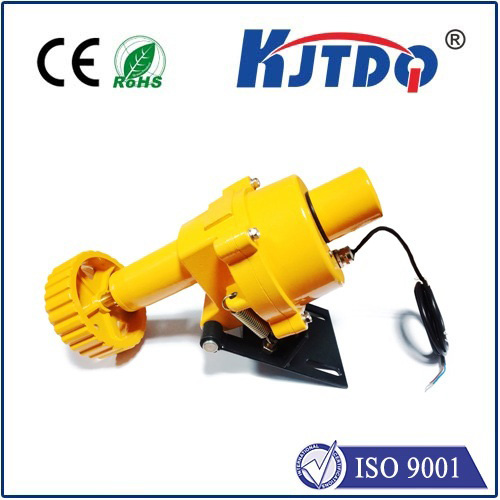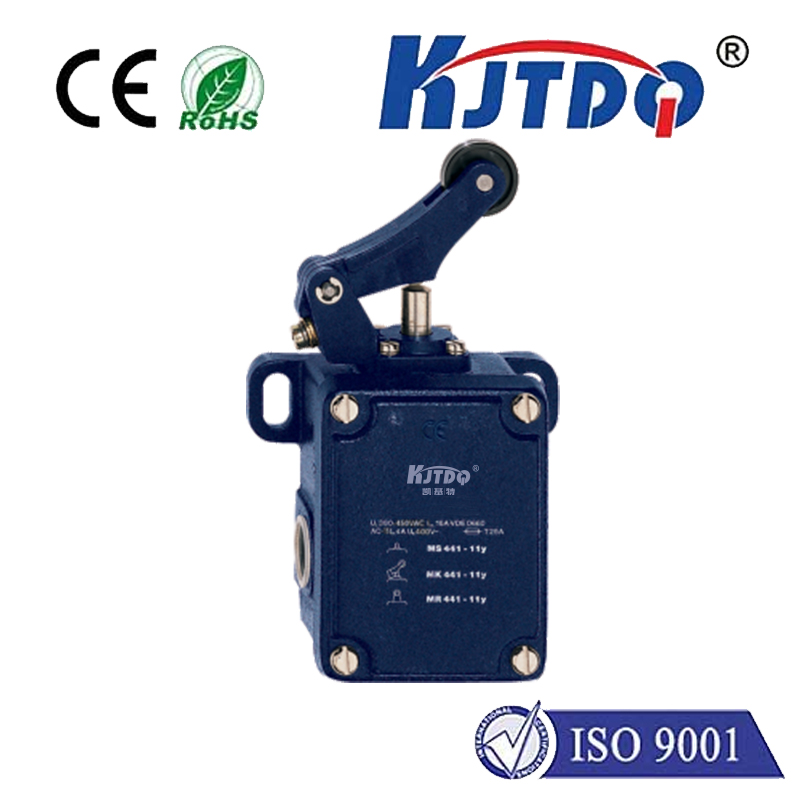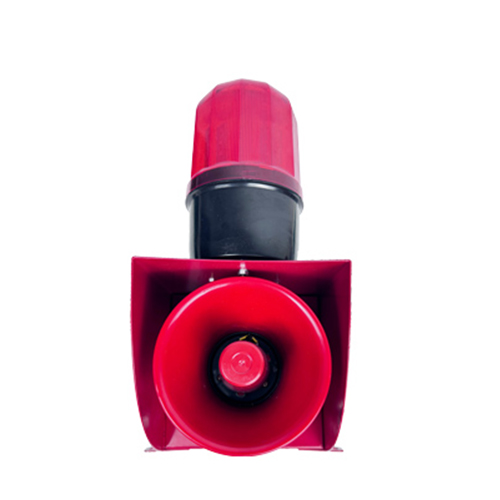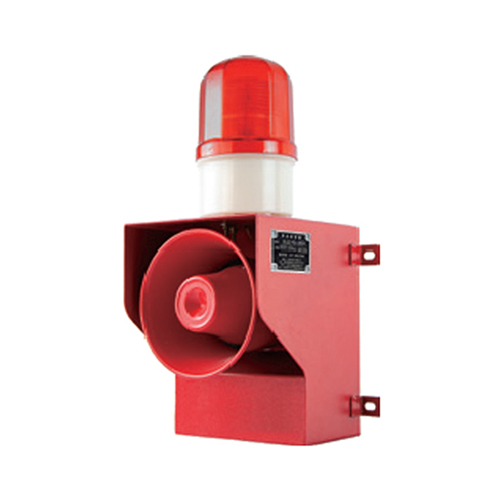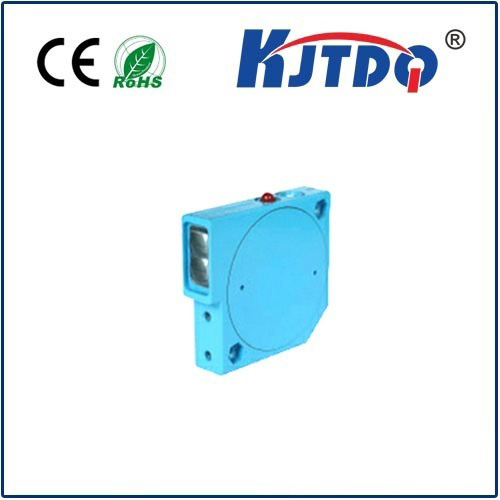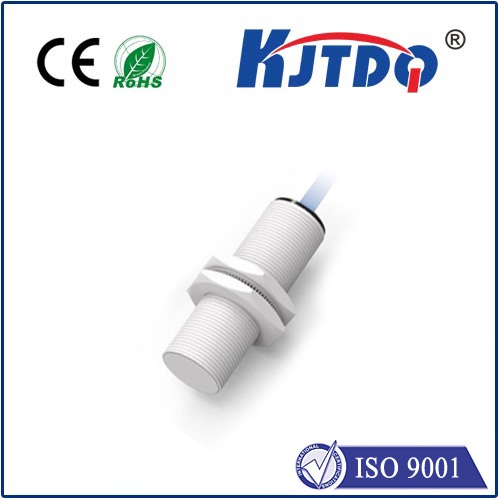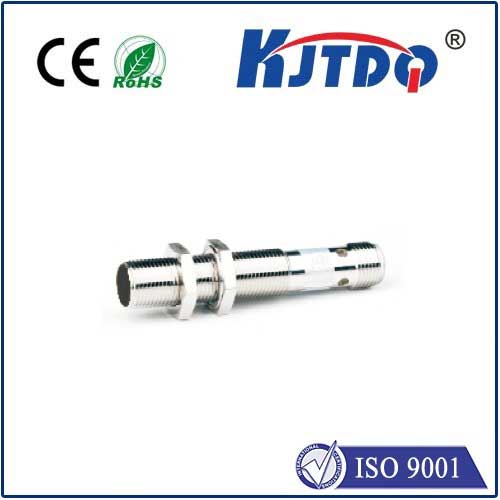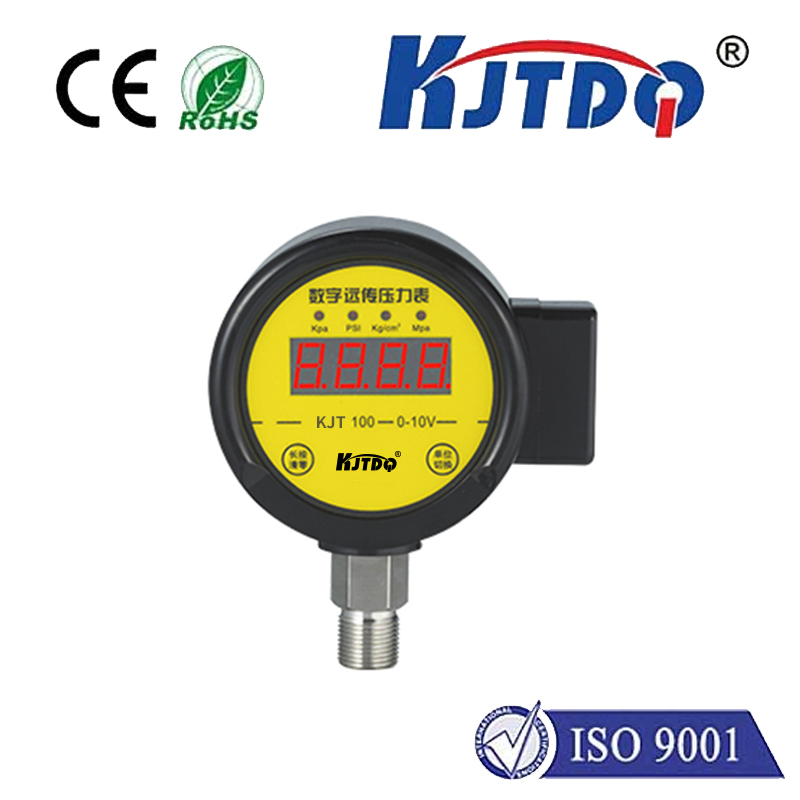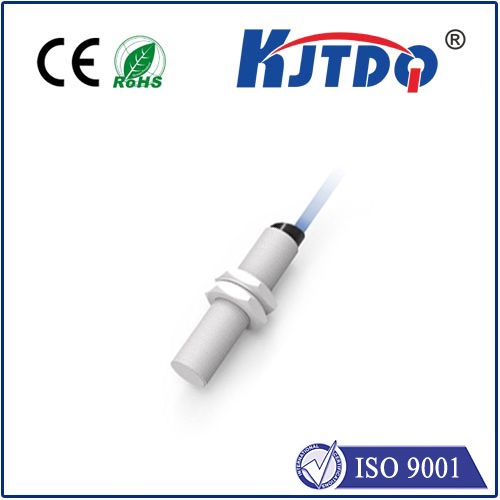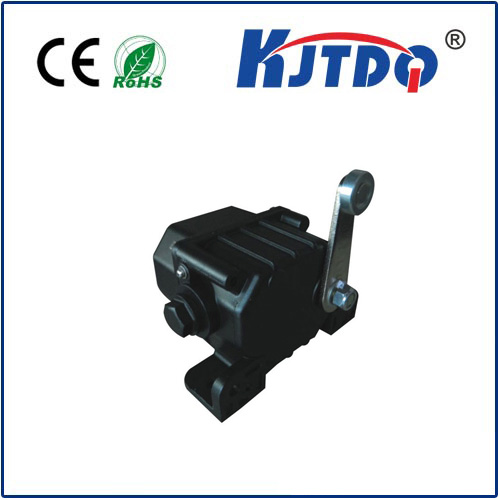

check

check

check

check

check

check

check

check

check

check
With the development of automation technology, sensors, as one of the most basic and important components in automatic control systems, are being used more and more widely. Among them, proximity sensors, as a type of sensor, have the advantages of long sensing distance, high accuracy, and fast response speed, and are favored by the majority of industries. So, what are the types of proximity sensors?
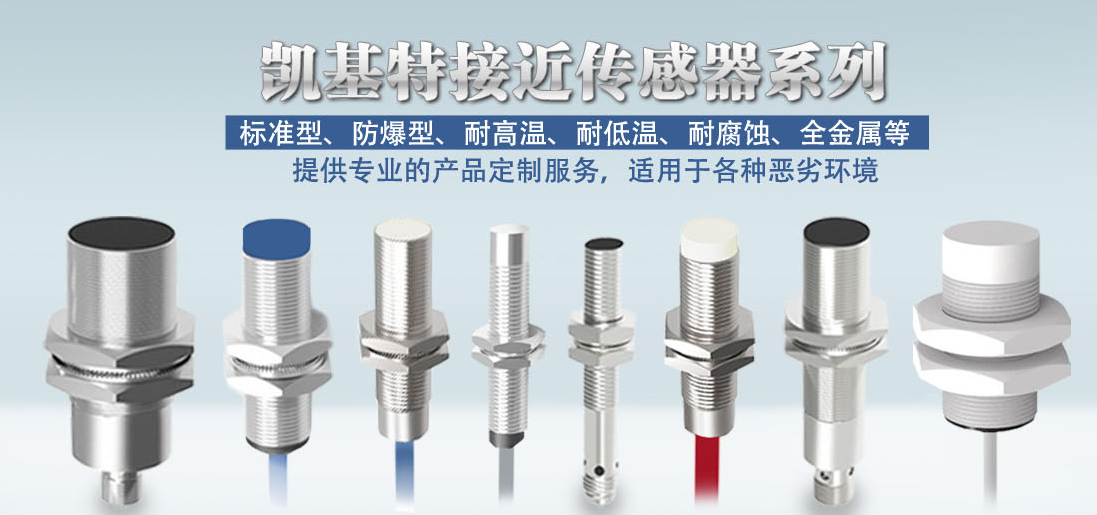
1. Magnetic proximity sensor Magnetic proximity sensor works by using the principle of induced electromotive force caused by metal objects in the magnetic field close to the sensor. Magnetic proximity sensors can be used to detect all magnetic materials such as iron, nickel, and steel, but they cannot detect non-magnetic materials.
2. Inductive proximity sensor Inductive proximity sensor is a proximity sensor that identifies metal objects by changing the induced magnetic field. Inductive proximity sensors generate electromagnetic fields by sensing eddy currents in metal objects to determine whether the metal object is approaching or leaving the sensor.
3. Photoelectric proximity sensor Photoelectric proximity sensor is a proximity sensor that detects the distance of materials through the photoelectric principle. This proximity sensor transmits a light signal through a light beam between a photodiode and a receiver to detect the distance of an object. It is explosion-proof and can be used in some specific environments.
4. Capacitive reactance proximity sensor The capacitive reactance proximity sensor is a capacitive sensor that can identify material objects. It is based on detecting the change in capacitance between the object and the object to confirm the distance and position. This proximity sensor is suitable for detecting non-metallic objects, such as glass, ceramics, wood, etc.
To sum up, there are many types of proximity sensors, each type has its specific working principle and scope of application. When selecting a proximity sensor, the most appropriate proximity sensor should be selected based on the characteristics of the specific industry and working environment to better meet the needs of production and work.
